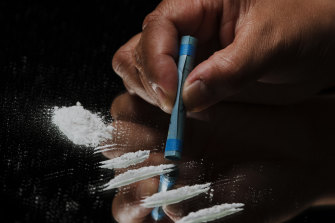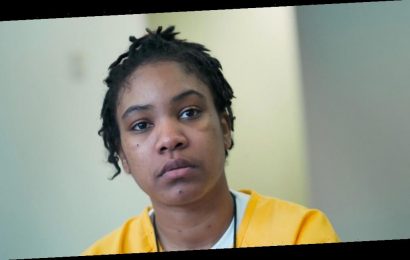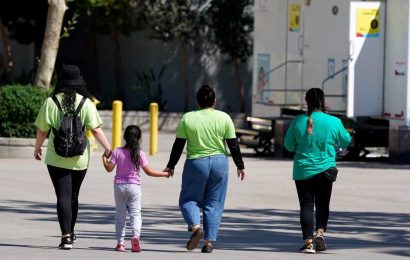The number of Victorians dying of drug overdoses has risen consistently over the past decade, with 4365 drug users dying between 2010 and 2019, the vast majority having overdosed on more than one substance.
A report to the Victorian coroner also showed that as the use of cocaine in Victoria increased in the past 10 years, deaths from using the drug rose 20-fold. Just one user died from the drug in 2010, while 20 people overdosed and died in 2019.
Data collated and analysed by the Victorian Coroner’s Prevention Unit shows the rise in overdose deaths has exceeded the increase in population, with 6.2 people per 100,000 dying in 2010, rising to 8.4 per 100,000 in 2018. The final year of the study, 2019, showed a dip in overall deaths, and the rate of deaths, which fell to 7.8 per 100,000.
Cocaine deaths have risen markedly in Victoria in the past decade.
A scathing Health Complaints Commissioner report has found the lack of drug rehabilitation beds in the public system is driving people towards an expensive and unreliable private system.
The coroner’s report found heroin was still the most deadly illicit drug. Methamphetamine overdose deaths were rising fast, but prescription drugs including opioids and antidepressants were by far the biggest killers.
John Ryan, the chief executive of drug education agency the Penington Institute, said more publicly funded rehabilitation beds were urgently needed. The “current system delivers poor outcomes for people seeking treatment, which harms them and our entire community”, he said.
“It’s a simple equation: more publicly funded rehabilitation will mean fewer Victorians dying and less addiction generally,” he said.
Mr Ryan endorsed a recommendation by Health Complaints Commissioner Karen Cusack for the Andrews government to introduce mandatory licensing of private rehabilitation providers in the wake of the report into the sector.
The Coroner’s Prevention Unit data showed more than 600 Victorians died of a heroin overdose between 2017 and 2019. Overdose deaths linked to cocaine and MDMA, the active ingredient in ecstasy pills, also reached 10-year highs in 2019.
MDMA accounted for just one death in 2010, but the number of deaths linked to the drug rose to 13 in 2019.
The report found that between 2010 and 2014, the proportion of Victorian overdose deaths involving illegal drugs averaged 41 per cent; by 2019 they were a factor in 51.3 of all overdose deaths.
Another significant trend identified in the report was an increase in the frequency of multiple drugs being involved in overdose deaths, rising from 63.9 per cent in 2010 to 75 per cent in 2019. Overdose deaths involving alcohol only nearly doubled over the decade.
The Coroners Prevention Unit report said the almost 11 percentage-point rise in overdose deaths involving multiple drugs between 2010 and 2019 highlighted the importance of harm-reduction education programs focusing on combinations of substances as well as individual drugs.
Despite the growing number of illegal drug overdose deaths, pharmaceutical medicines still account for most overdoses.
“Benzodiazepines were the most frequent contributing pharmaceutical drug group, playing a role in an average 54.3 per cent of overdose deaths annually across the period,” the Coroners Prevention Unit found. “The next most frequent pharmaceutical drug groups were opioids (an average 41.6 per cent of overdose deaths each year), antidepressants (annual average 34.7 per cent) and antipsychotics (annual average 20.8 per cent).”
Methadone was prevalent in a high proportion of Victorian overdose deaths over the past decade despite several measures such as the implementation of monitored prescriptions, the rescheduling of codeine, and oxycodone reformulation.
On Friday, The Age revealed that a two-year investigation by the Health Complaints Commissioner found exploitative billing practices, questionable treatments and misleading advertising were prevalent in the state’s unregulated privately operated rehabilitation sector.
She found that long waiting times for publicly funded care left many people with no choice but to pay tens of thousands of dollars to private rehabilitation providers of varying quality.
Health Minister Martin Foley acknowledged the strong demand for drug and alcohol rehabilitation services in Victoria and said the government would carefully consider the commissioner’s 21 recommendations.
Start your day informed
Our Morning Edition newsletter is a curated guide to the most important and interesting stories, analysis and insights. Sign up here.
Most Viewed in National
From our partners
Source: Read Full Article








